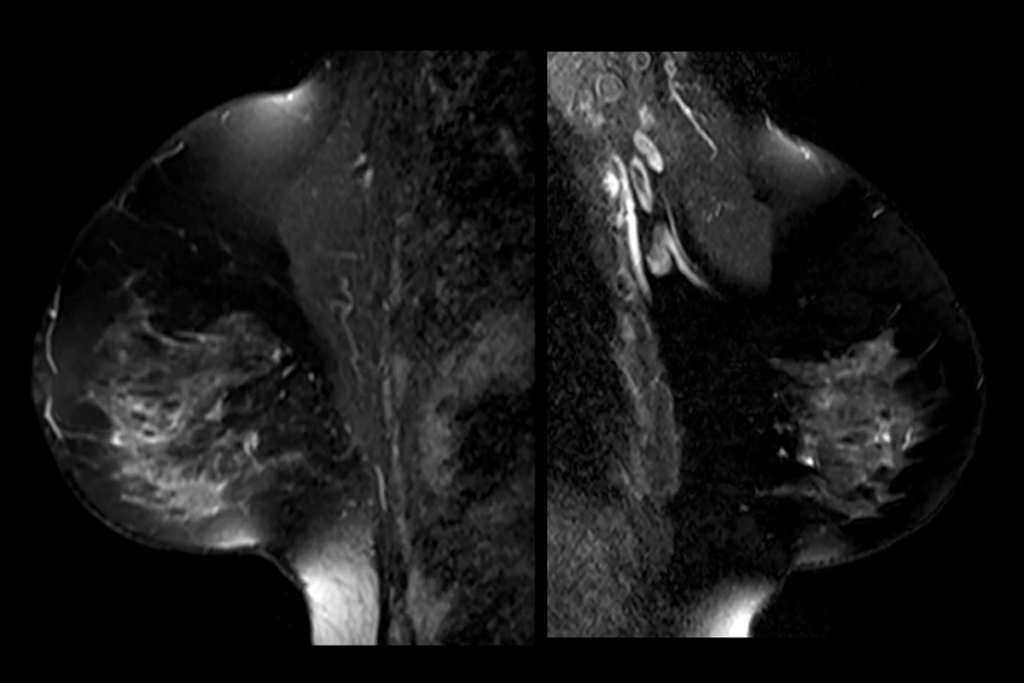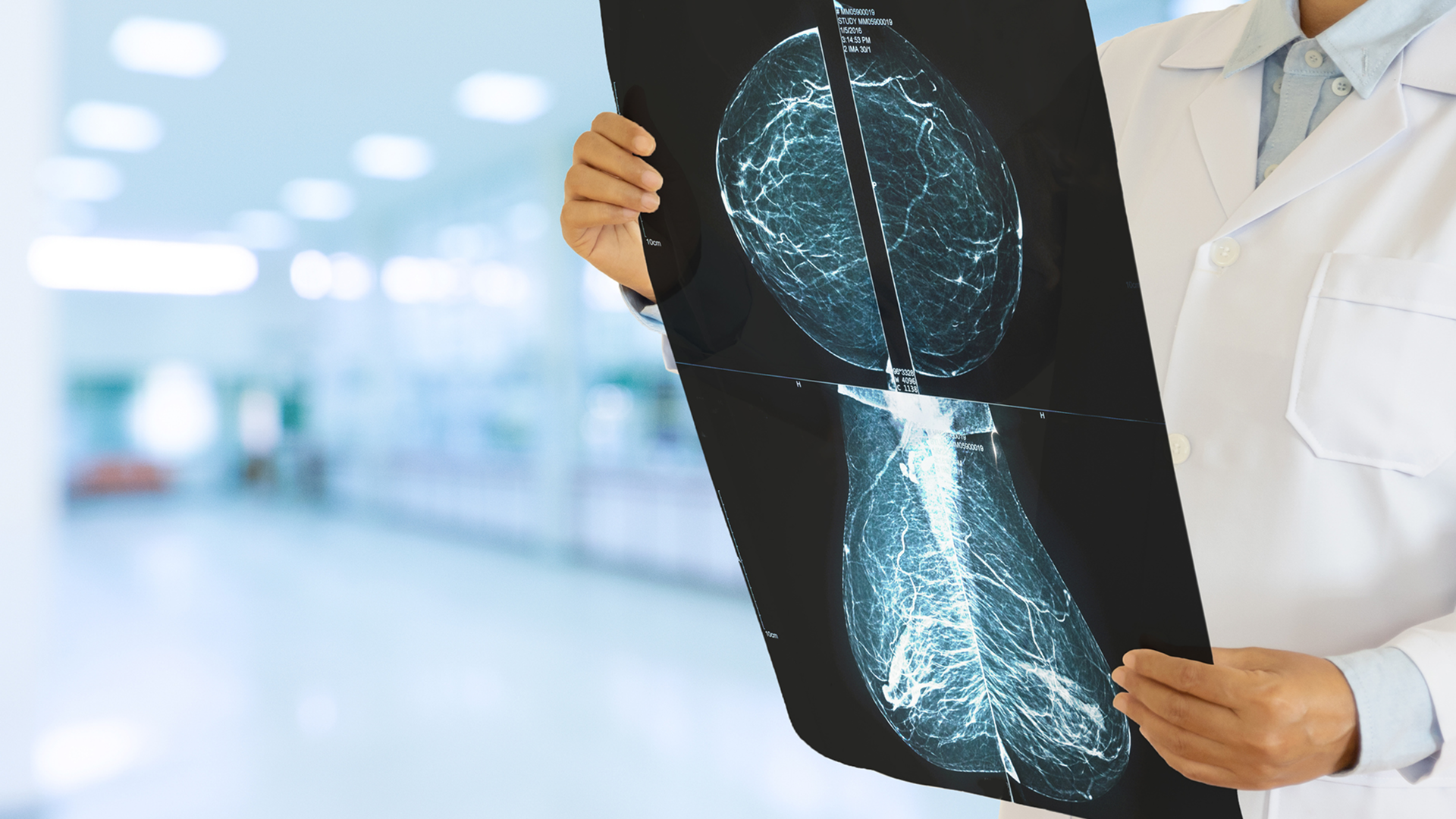Breast Health Starts Here
Why? Because most breast cancers are silent, showing no symptoms until the late stages when treatment becomes more challenging and survival tougher.
Early detection through effective screening can make all the difference, turning a potential battle into an empowered journey of hope and healing. Prioritize your breast health today – your future self will thank you.
The medical industry says that the history of breast cancer screening has evolved significantly over the years, leading to improved early detection and better outcomes for patients. Here’s a brief overview:
- Early 20th Century: The concept of cancer screening began to take shape, with the Pap test being one of the first widely used screening tests for cervical cancer, developed by George Papanicolaou in the 1920s.
- 1960s: Modern mammography methods were developed, and the American Cancer Society (ACS) first officially recommended mammograms for breast cancer screening in 1976.
- 1980s and 1990s: Breast cancer screening guidelines continued to evolve, with recommendations for regular mammograms and clinical breast exams.
- 2000s: “Advances” in imaging technology and increased awareness led to more widespread use of mammography and other screening methods.
- 2025: Current guidelines still choose mammograms for early detection, REGARDLESS of breast tissue density. As you can see screening has not changed since 1960! Even 3D Mammograms miss breast cancer in dense breasts most of the time.
Breast cancer screening plays a crucial role in reducing mortality rates and improving survival outcomes BUT IT HAS TO BE EFFECTIVE in detecting cancer at an earlier, more treatable stages. For DENSE breast tissue THIS IS NOT THE CASE with Mammograms — DENSE BREAST TISSUE NEEDS AND MRI.
AT LEAST 50% of women have DENSE BREASTS. You must know your breast density to get effective screening – what is YOURS?
The new federal law regarding dense breasts, implemented by the FDA in March of 2023 (not enforced for almost 1 year) requires mammography facilities to inform patients about their breast density in their mammogram reports. This regulation aims to help women understand their breast cancer risk better and ensure they receive appropriate follow-up care. This law does not in any way change the “Standard of Care” for breast cancer screening for dense breasts! It still the same.
Dense breast tissue makes it very hard to detect cancer with a mammogram. Why? Because tumors show up as bright white on a Mammogram, but so does DENSE breast tissue. Fatty breast tissue shows up as black so there is good contrast – BUT NOT FOR DENSE BREAST TISSUE.
Breast MRIs are 99% accurate in finding breast cancer in dense tissue, therefore they should be the go-to method for imaging dense breasts. Because it is NOT the “Standard of Care” for dense breast screening women have to insist on an MRI for their screening. DO NOT TAKE NO FOR AN ANSWER. If you have dense breasts and need help getting a screening MRI ordered by your doctor email us: info@breastcancersadvocate.com
Special Note: This very scenario is what led to BCA Founder and Bosslady Roxann Abrams LATE STAGE DIAGNOSIS of Invasive Lobular Carcinoma (ILC).
Roxann KNEW she had level “C” dense breast tissue because this “new” federal mandate has been in effect in CA for many years. However, knowing she had dense breasts did not help her avoid late stage diagnosis because her doctor was dogmatic about the “Standard of Care” that was (and still is) in place for Mammograms as the first-line breast diagnostic tool regardless of breast tissue density.
Roxann requested MRIs 4 years in a row from her PCP and 4 years in a row she was DENIED a breast MRI – then 2 months after her 2022 Mammogram she was diagnosed with STAGE THREE ILC and a Breast MRI several weeks later revealed she had breast cancer IN HER RIGHT BREAST AS WELL – all of which was ALSO COMPLETELY MISSED ON THE SAME MAMMOGRAM THAT SHOWED FINDINGS IN HER LEFT BREAST. Roxann’s breast cancer surgeon acknowledged that they never proceed with breast cancer surgery without an MRI for the very reason that it is THE ONLY TEST that accurately diagnosis’s breast cancer 99% of the time. Since this is the case why are we wasting women’s time AND OUR VERY LIVES on mammograms for women with dense breast tissue — KNOWING they are not accurate??
DO NOT TAKE NO FOR AN ANSWER FOR A BREAST MRI IF YOU HAVE DENSE BREASTS, YOUR LIFE DEPENDS ON IT!!
Breast cancer screening is done by Mammogram or Breast MRI:
For Women at Average Risk:
- Ages 40-44: Women have the option to start annual mammograms.
- Ages 45-54: Annual mammograms are recommended.
- Ages 55 and older: Mammograms can be done every other year, or women can choose to continue annual screenings.
For Women at High Risk (Family History or DENSE BREAST TISSUE) :
- Earlier and More Frequent Screenings: Women with a higher risk (due to family history, genetic mutations, previous chest radiation or their own breast cancer history) will need to start screening earlier and have more frequent mammograms or breast MRI’s.
- Women with DENSE breast tissue are at 75% higher risk for breast cancer. Breast MRI’s are 99% accurate for detecting breast cancer in DENSE breast tissue. Therefore, DENSE BREASTS need an MRI!
Breast cancer is most treatable when detected early. Regular screenings are crucial for early detection and improving outcomes and less toxic treatment. MRI is needed for accurate screening of DENSE breast tissue.

The International Agency for Research on Cancer (IARC),
IARC states that breast cancer (BC) has now become the most commonly diagnosed cancer worldwide, with an estimated 2.3 million new cases in 2022.
It is also now the leading cause of cancer death among women globally.
This alarming statistic serves as a stark reminder of the relentless threat this disease poses. BCA urgently implores you: DO NOT skip your screenings. Your vigilance can save your life. Take action, stay informed, and prioritize your health—because early detection is our most powerful weapon against this formidable foe. Together, we can fight back and win.
Mammogram Calcifications Raises Risk of Breast Cancer up to 12%

Empower Yourself Now!
More Resources
Emotional Support is critical to your breast cancer healing. Even if everything goes smoothly with your treatment of choice a cancer diagnosis is very stressful. Reach out to your support network to help you emotionally on a regular basis.
And use Duality to fill in the gaps!
References
- American Cancer Society (ACS), Standard of Care for breast health
- Mayo Clinic, States that MRI is the most sensitive test for detecting breast cancer in dense breast tissue, it can identify tumors that mammograms miss.
- Radiological Society of North America (RSNA), Research shows that MRI has higher diagnostic accuracy for women with dense breasts compared to mammography.


